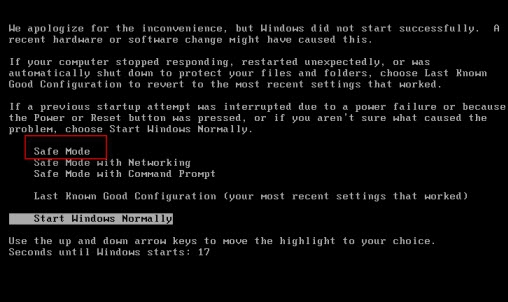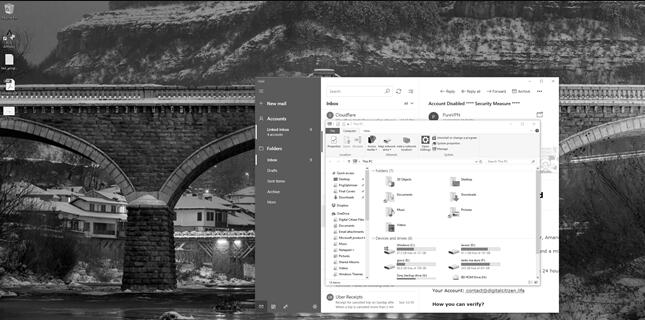


Unfortunately, this can also cause screen flickering, when the system fails to select the powerful GPU for games. This can make your battery last a little longer, as the integrated graphics consumes less power than the dedicated one. Instead of always running on the powerful dedicated GPU (like we used to), newer laptops can now be “smart” and switch between the two. It turns out that the flickering issue is caused by the PC or laptop having both integrated Intel HD graphics, and an additional (much more powerful) dedicated GPU from AMD or Nvidia.

No screen problems in windows and often also no issues in game menues.Screen flickering occurs only in some graphic heavy applications.Sporadic random flickering when in-game, especially flickering GUI.This issue is most commonly recognised by: What causes screen flickering?įirst of all, we need to understand what causes the screen flickering. Here I explain how to easily solve the issue, and avoid the black screen flickering. This issue often occurs when using applications with heavy graphics, such as pc games, and primarily on laptops. If the flickering problem only exists on the laptop screen then the problem may be coming from the inverter which is going bad.Many people are reporting problems with their monitors turning partly or entirely black, as well as flickering black parts on the screen. Now check if the flickering problems exists in the external monitor or not.

Note : If you failed to get the display in external monitor, then use the proper combination keys(like Fn+F5/ the function key that's having the monitor symbol on it) to toggle between your laptop screen and the external monitor. Just look for the VGA connector ( there will be a monitor symbol ) in your laptop and connect it to the external monitor then switch ON your laptop.


 0 kommentar(er)
0 kommentar(er)
